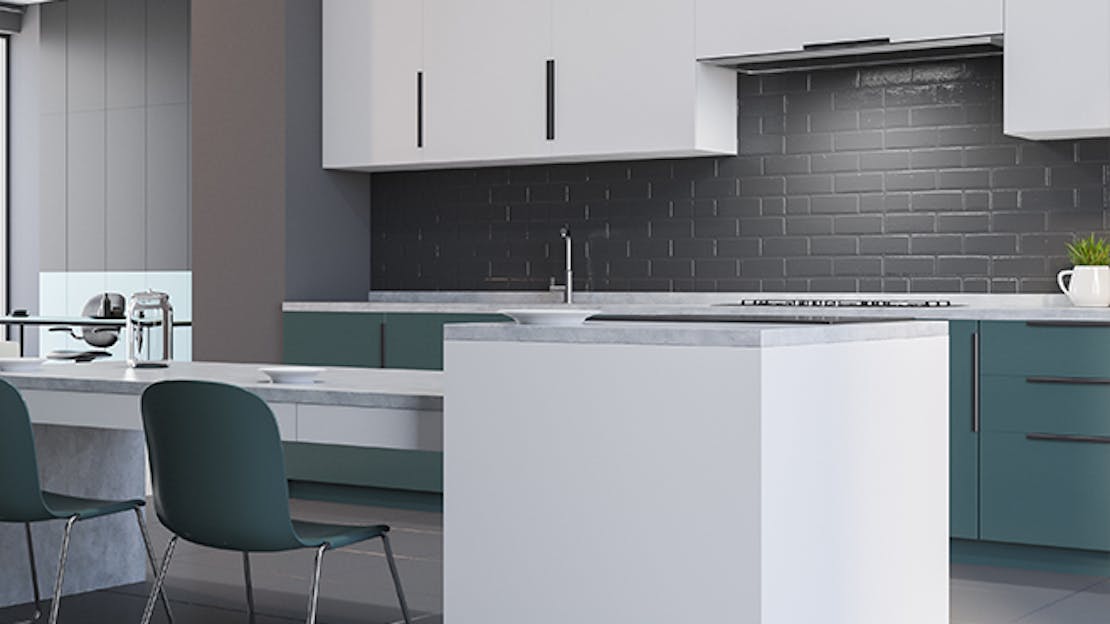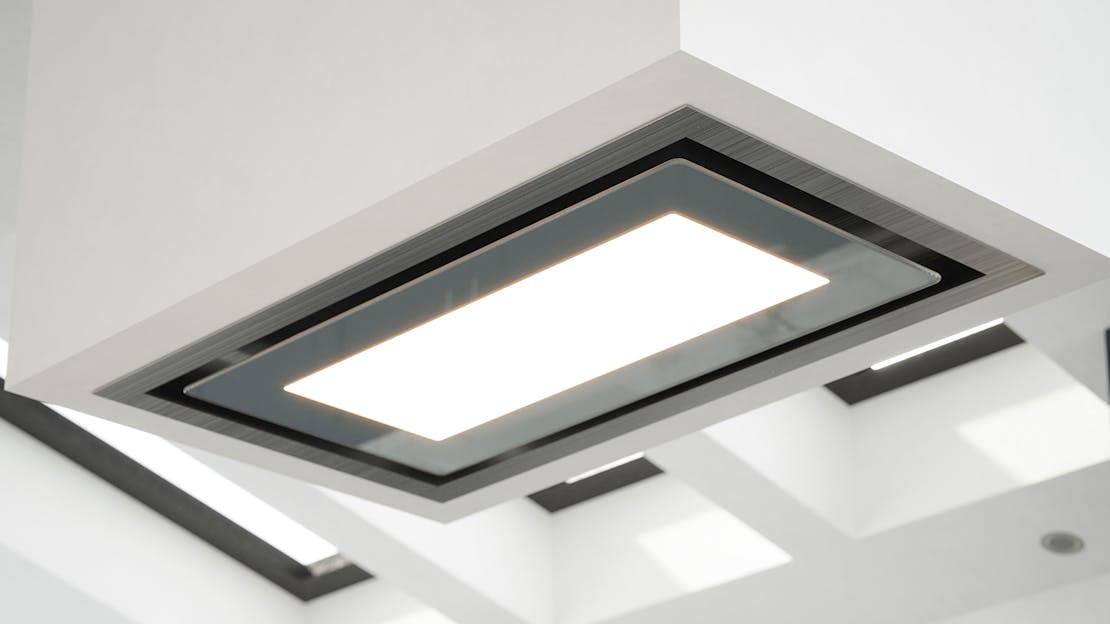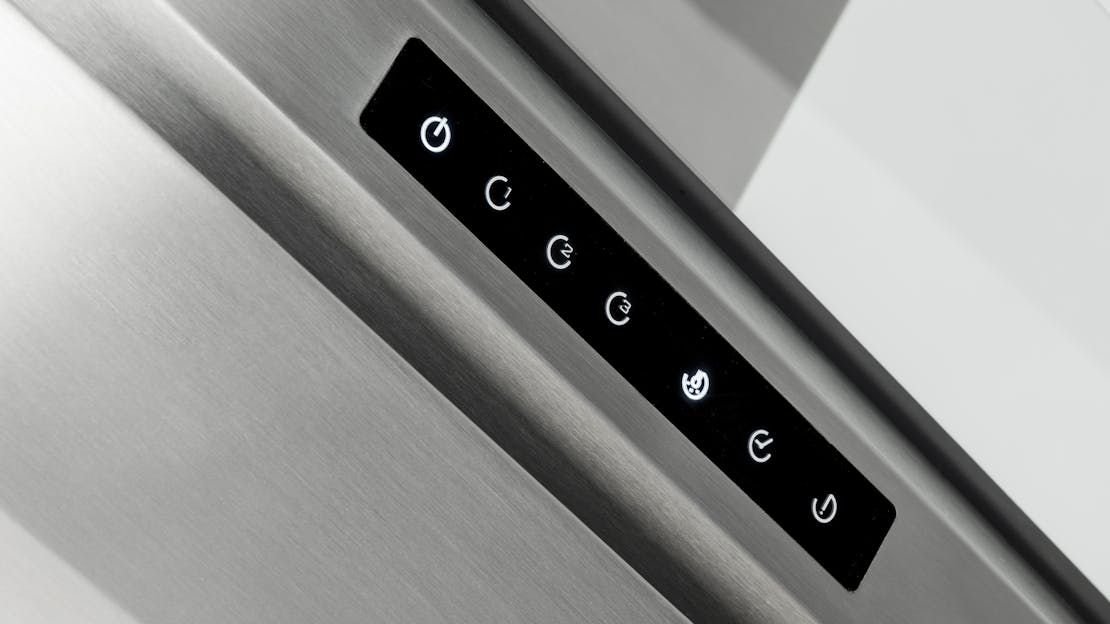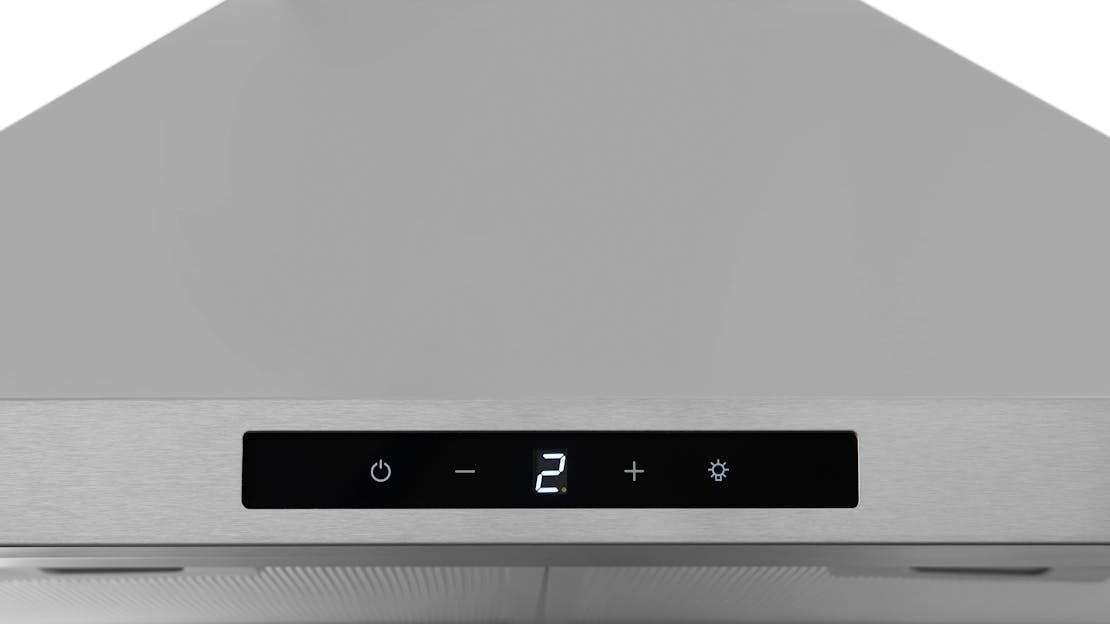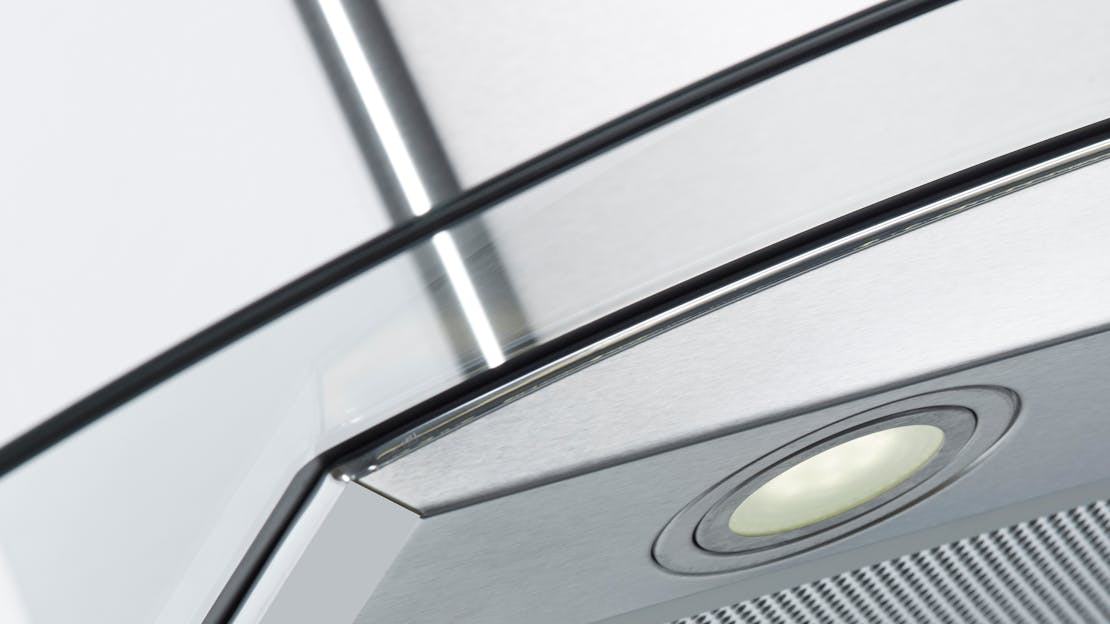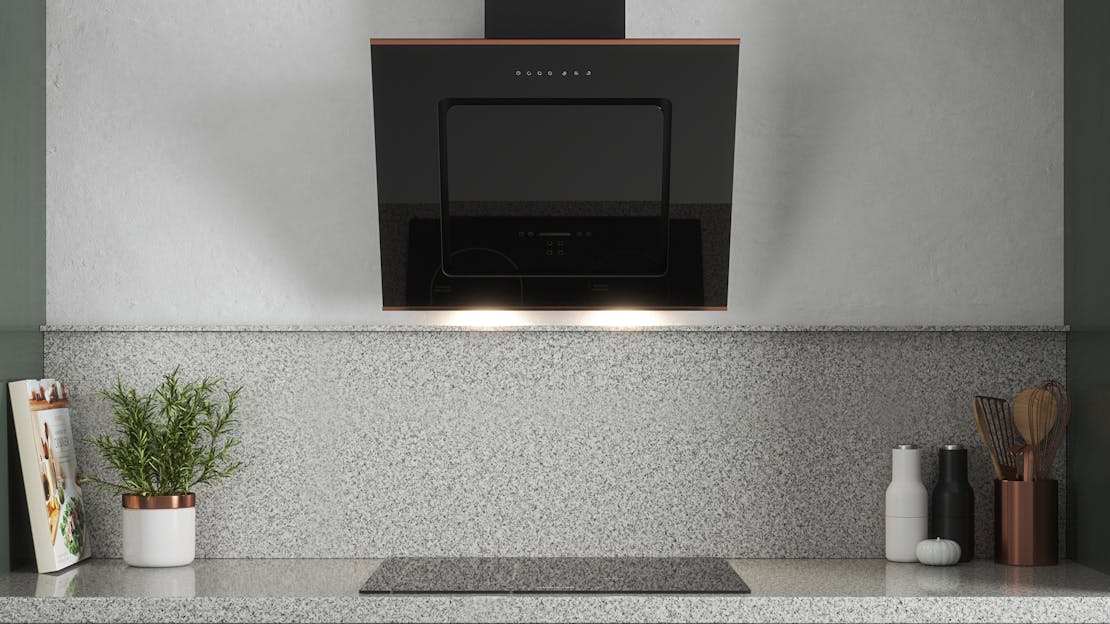
The Ultimate Buying Guide for Cooker Hoods
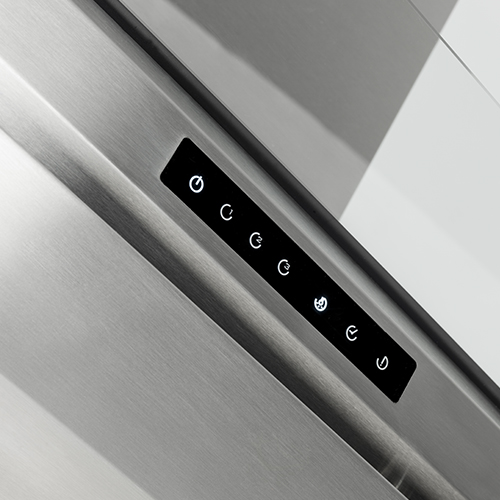
When it comes to creating a functional and aesthetically pleasing kitchen, one cannot underestimate the importance of a cooker hood. Acting as the unsung hero of the culinary space, a cooker hood not only helps to eliminate cooking odours and smoke, but it also adds a touch of elegance to the overall kitchen design. With a plethora of options available in the market, choosing the right cooker hood can be a daunting task. Fear not, as this ultimate guide aims to unravel the mysteries surrounding cooker hoods, providing you with all the essential information and expert tips necessary to make an informed decision. From understanding the different types and features to exploring installation options and maintenance tips, this comprehensive guide will equip you with the knowledge to transform your kitchen into a truly captivating and odour-free haven.
What is the purpose of a cooker hood?
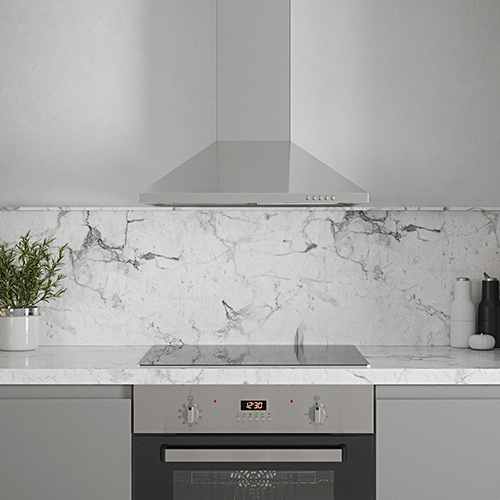
The purpose of a cooker hood, also known as a range hood or exhaust hood, is to effectively remove smoke, steam, cooking odours, and airborne particles from the kitchen. It acts as a ventilation system, extracting and filtering the air to improve indoor air quality while preventing the accumulation of grease and moisture on surfaces. By doing so, cooker hoods help to maintain a clean, comfortable, and odour-free environment in the kitchen, ensuring a pleasant cooking experience and reducing the risk of health hazards associated with inhaling cooking fumes. Additionally, cooker hoods can also enhance the aesthetic appeal of the kitchen by adding a stylish and functional focal point to the space.
What is the difference between extraction and recirculation
Extraction and recirculation are two different methods used in cooker hoods to deal with the airflow generated during cooking.
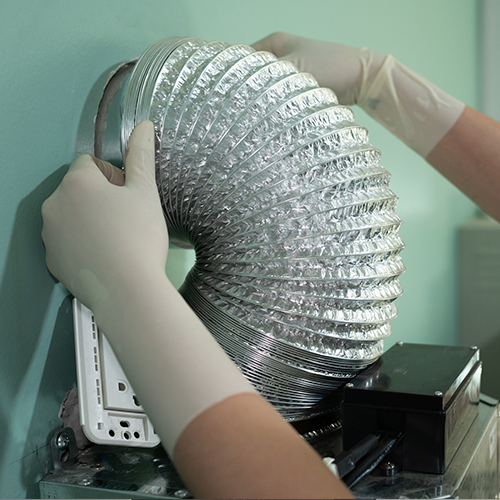
Extraction: In extraction mode, the cooker hood works by extracting the air from the kitchen and expelling it outside through a duct or vent. It captures the cooking fumes, smoke, and odours and directs them outside the house. This method is highly effective in removing pollutants and maintaining a fresh kitchen environment. However, it requires proper installation with a duct system leading to an exterior wall or roof.
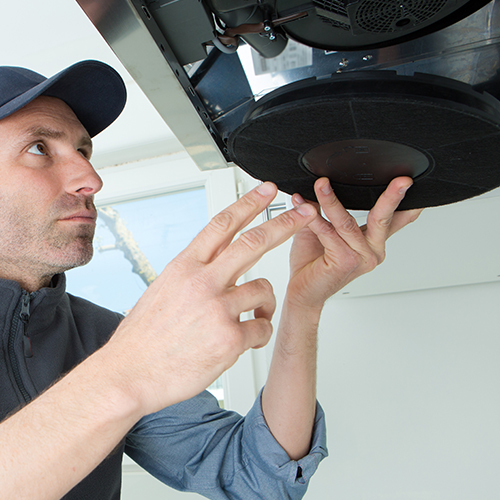
Recirculation: Recirculation mode, on the other hand, involves filtering the air and recirculating it back into the kitchen. The cooker hood captures the cooking emissions through a filter, which removes grease, odour, and particles before releasing the cleaned air back into the room. Recirculation hoods are easier to install as they don't require external ventilation, making them suitable for kitchens where ducting is impractical or not possible. However, they may not be as effective as extraction hoods in completely eliminating cooking odours and pollutants.
Is extraction better than recirculation?
Yes, extraction is generally better than recirculation. Extraction systems expel the cooking odours, smoke, and moisture completely out of the kitchen through external ducting. Recirculation, on the other hand, filters the air and then releases it back into the kitchen. While extraction provides more efficient air clearance, recirculation can be useful in situations where external venting isn't possible.
Do recirculating extractor fans remove moisture?
No, recirculating extractor fans do not effectively remove moisture. They primarily focus on removing odours and some particles from the air through filters. Moisture is usually recirculated back into the room. Only an extraction system can efficiently remove moisture by venting it outside.
In summary, extraction hoods remove air from the kitchen and exhaust it outside, while recirculation hoods filter the air and release it back into the room. The choice between the two depends on factors such as kitchen layout, feasibility of duct installation, and the desired level of air purification.
What's the right height for a cooker hood away from the hob?
For electric hobs, the minimum recommended distance between the hob and the cooker hood is 600mm (around 24 inches). For gas hobs, it's 750mm (around 30 inches). However, always consult the manufacturer's guidelines as some models may have specific requirements.
Styles and Types of Cooker Hoods
Chimney Cooker Hoods: Chimney cooker hoods feature a vertical chimney-like structure that extends from the hood, providing a stylish and prominent focal point in the kitchen. They are typically mounted on the wall above the cooking area and are known for their excellent extraction capabilities.
Curved Glass Cooker Hoods: Curved glass cooker hoods offer a sleek and contemporary design with a curved glass canopy. They are often wall-mounted and provide efficient extraction while adding a touch of elegance to the kitchen.
Angled Glass Cooker Hoods: Angled glass cooker hoods feature a sloping glass canopy that adds a modern and unique look to the kitchen. They are designed to be mounted on the wall at an angle, providing both style and functionality.
Visor Cooker Hoods: Visor cooker hoods are compact and practical, commonly found in smaller kitchens or above hob units. They have a visor-like design that can be pulled out or adjusted when needed, offering extraction and lighting in a convenient package.
Flat Glass Cooker Hoods: Flat glass cooker hoods are characterised by a flat glass surface that covers the extraction unit. They are sleek, minimalistic, and often integrated into the kitchen cabinetry for a seamless look.
Integrated and Canopy Cooker Hoods: Integrated cooker hoods are concealed within kitchen cabinetry, providing a seamless and discreet appearance. Canopy cooker hoods, on the other hand, are integrated into a canopy or overhead structure, blending with the kitchen design while providing effective extraction.
Island Cooker Hoods: Island cooker hoods are specifically designed for kitchens with a central cooking island. They are suspended from the ceiling and provide extraction over the cooktop, ensuring efficient ventilation in open-plan kitchen spaces.
Ceiling Cooker Hoods: Ceiling cooker hoods are built into the ceiling, offering a space-saving solution while providing effective extraction. They are ideal for kitchens where wall space is limited or when a sleek, minimalist design is desired.
Downdraft Cooker Hoods: Downdraft cooker hoods are unique in that they are integrated into the countertop or behind the cooktop. When in use, they rise up from the surface to extract cooking fumes and then retract back down when not needed, creating a clean and unobstructed view in the kitchen.
Vented Induction Hobs: Vented induction hobs combine the functionalities of a hob and cooker hood into a single unit. These hobs have integrated extraction systems that draw cooking fumes directly from the cookware, making them an efficient and space-saving option.
Designer Cooker Hoods: Designer cooker hoods are characterised by their artistic and eye-catching designs. They come in various shapes, materials, and finishes, allowing homeowners to make a bold statement in their kitchen while ensuring effective ventilation. These hoods often prioritise style and aesthetics without compromising on functionality.
How to choose the best cooker hood for your kitchen
Do you have a suitable outside wall to install ducting?
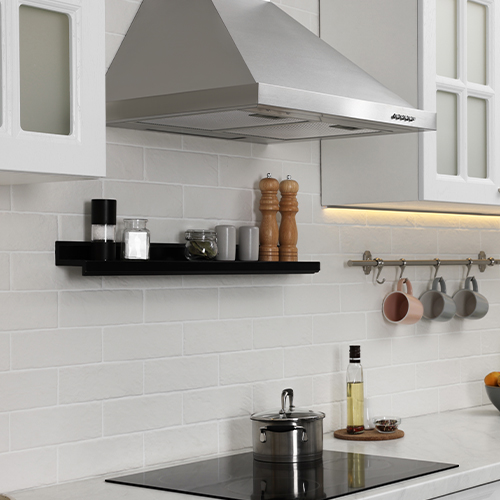
To determine if you have a suitable outside wall to install ducting for a cooker hood, you need to consider a few factors:
Location: Check the layout of your kitchen and identify the walls adjacent to your cooking area. Ideally, you want the wall closest to your cooker or hob to be suitable for ducting installation.
Structural Integrity: Ensure that the wall you choose is structurally sound and capable of accommodating ductwork. It should be free from major obstructions such as plumbing, electrical wiring, or load-bearing structures.
Accessibility: Consider the accessibility of the chosen wall. It should be easily accessible for installation and maintenance purposes. If the wall is obstructed by cabinets, appliances, or other fixtures, it may be challenging to install ducting.
Clearance: Verify if there is enough clearance space on the outside of the chosen wall for the ducting to pass through. You need sufficient space to install an external vent or grille to allow the expelled air to exit the kitchen.
Once you have identified a suitable outside wall, you can hire a professional installer or consult a contractor to assess the feasibility of ducting installation in your kitchen. They can guide you through the process, ensuring that the ducting is properly installed and meets all safety and ventilation requirements.
What size cooker hood do you need?
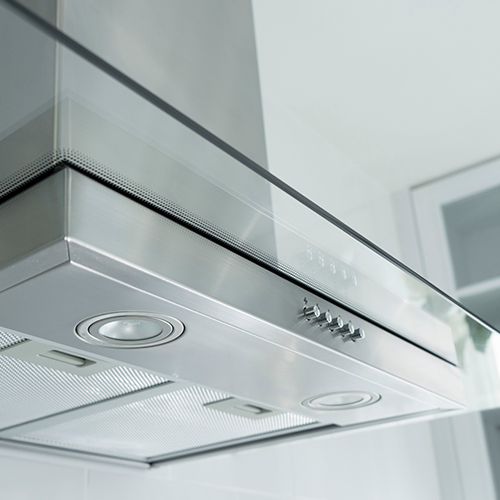
Determining the appropriate size of a cooker hood depends on factors such as the size of your kitchen, the heat output of your cooking appliances, and the desired extraction efficiency. As a general guideline, the cooker hood should have a width that matches or exceeds the width of your cooktop or range. A rule of thumb is to have a cooker hood that covers the entire cooking area to effectively capture cooking fumes and steam. Additionally, consider the volume of your kitchen and choose a cooker hood with an extraction rate suitable for the cubic volume of the room. A higher extraction rate is recommended for larger kitchens or when using powerful cooking appliances. Ultimately, selecting the right size cooker hood ensures optimal ventilation, maintaining a clean and odour-free kitchen environment.
For more information check out our extensive guide to cooker hood sizes.
Does a cooker hood need to be the same size as the cooker?
Ideally, yes. The cooker hood should be at least the same width as the cooker or hob below to ensure efficient extraction of steam, odours, and smoke. In fact, a slightly larger cooker hood than the cooker can be even more effective, as it ensures that all emissions from the cooking process are captured.
What extraction rate do you need?
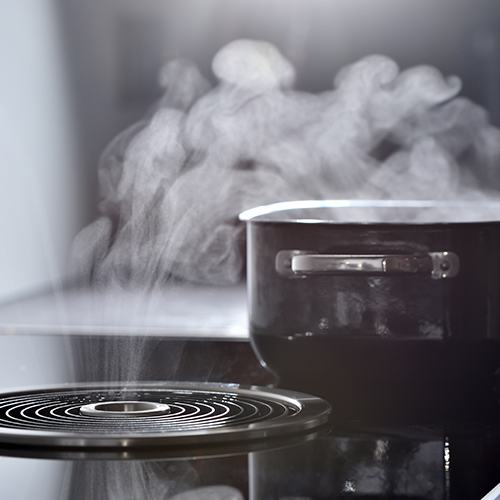
The extraction rate required for a cooker hood depends on factors such as the size of your kitchen, the type of cooking you do, and the frequency of cooking. As a general rule, it is recommended to have an extraction rate of at least 10 times the volume of your kitchen per hour. For example, if your kitchen has a volume of 50 cubic meters, you would aim for a minimum extraction rate of 500 cubic meters per hour. However, if you frequently cook foods that produce strong odours or use high-heat cooking methods, it is advisable to opt for a higher extraction rate to ensure efficient removal of cooking fumes, steam, and odours. Remember to consider the specific guidelines provided by the manufacturer for each cooker hood model, as they may have their own recommendations for suitable extraction rates.
For more information on extraction rates and how to calculate what extraction rate you would need for your kitchen check out our extensive guide.
What about smart cooker hoods

Smart cooker hoods are technologically advanced kitchen appliances that offer convenience and functionality. With built-in sensors and connectivity features, they can automatically adjust the extraction rate based on cooking activity. Smart controls allow remote operation through smartphones or integration with smart home systems. These hoods provide an efficient and modern solution for ventilation in the kitchen.
Cooker hood lighting
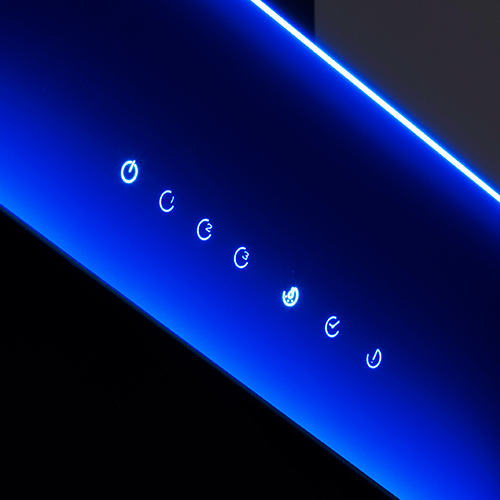
When choosing cooker hood lighting, consider brightness, coverage, adjustable levels, light temperature, energy efficiency, and ease of maintenance. Look for bright, adjustable LED lights that adequately cover the cooking area and offer energy efficiency. Consider the desired light temperature and ensure easy maintenance for bulb replacement and cleaning.
Cooker hood noise levels
When considering cooker hoodnoise levels, here are some important factors to keep in mind:
Decibel (dB) Rating: Look for the decibel rating of the cooker hood, which indicates the noise level it produces. Lower dB ratings indicate quieter operation. Aim for a cooker hood with a low dB rating to minimise noise disturbance in your kitchen.
Fan Speeds: Check if the cooker hood offers multiple fan speed options. Lower fan speeds generally produce less noise compared to higher speeds. Having the flexibility to adjust the fan speed allows you to balance noise levels with the required ventilation.
Extraction Power: Consider the extraction power of the cooker hood. Hoods with higher extraction rates are generally more efficient at removing odours and fumes, which can help reduce the need to operate the hood at high speeds, resulting in lower noise levels.
Noise Reduction Features: Look for cooker hoods that incorporate noise reduction features such as insulated motors, vibration dampening materials, or sound-absorbing panels. These features can help minimise noise levels during operation.
Installation: Proper installation is crucial for reducing noise levels. Ensure that the cooker hood is installed correctly, including secure mounting and proper alignment, as poor installation can contribute to increased noise and vibrations.
By considering these factors, you can choose a cooker hood with lower noise levels, providing a quieter and more comfortable kitchen environment.
How are cooker hood noise levels measured?
Cooker hood noise levels are measured in decibels (dB). A sound meter or anemometer is placed at a standard distance from the hood, often 1 metre, in a controlled environment. The hood is then operated at various speeds to determine the noise output. The lower the dB rating, the quieter the hood. The noise level you may measure at home can’t be compared to that in a controlled environment, usually people measure using a mobile app in an already noisy environment. So if you are checking if the specification is right you’ll need a sound chamber and some expert equipment!
How do I reduce the noise of my cooker hood?
- To reduce the noise of your cooker hood:
- Ensure that the ducting is of the right size and as straight as possible.
- Clean or replace the filters regularly.
- Opt for a cooker hood with a higher capacity than required so you can run it at a lower speed.
- Check for any loose components or parts which may cause vibrations.
- Consider investing in soundproofing materials or barriers around the hood's motor or ducting.
- Ensure that the hood is installed correctly and consult the manufacturer's guidelines for any further recommendations.
Cooker hood grease filters
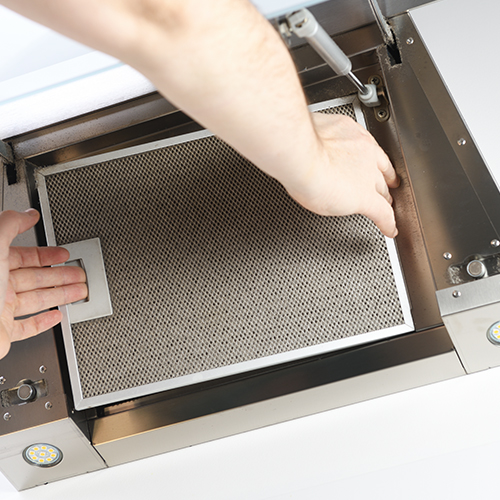
You should consider the filter type, material, efficiency, replacement, and compatibility when evaluating cooker hood grease filters. Choose durable, washable filters with high capture rates that are compatible with your cooker hood. Regular maintenance and proper filter care will ensure an effective and grease-free kitchen environment.
How easy is it to replace the carbon filters?
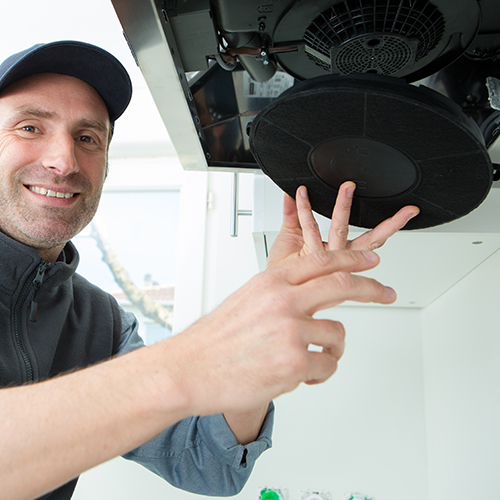
Replacing carbon filters in cooker hoods is typically a user-friendly process. Most models are designed with easy accessibility to the filters, allowing for hassle-free replacement. By following the manufacturer's instructions or user manual, you can ensure the correct procedure for removing the old filters and installing the new ones. It's important to be mindful of the recommended lifespan of the carbon filters and replace them accordingly to maintain optimal odour removal and filtration performance. It's important to be mindful of the recommended lifespan of the carbon filters and replace them accordingly to maintain optimal odour removal and filtration performance. Checking the availability of replacement filters for your specific cooker hood model ensures that you can easily obtain them when needed. Overall, with proper guidance and awareness, replacing carbon filters becomes a simple and essential maintenance task for efficient functioning of your cooker hood.
How to clean and maintain a cooker hood
To clean and maintain a cooker hood:
Regularly clean the exterior surfaces with mild detergent.
Clean grease filters by washing or soaking them.
Replace carbon filters as recommended.
Inspect and clean fan blades periodically.
Check and clean vent covers for unobstructed airflow. Regular maintenance ensures optimal performance and a clean kitchen environment.
For more information check out our extensive guide on keeping your cooker hood clean.
How much does a cooker hood cost
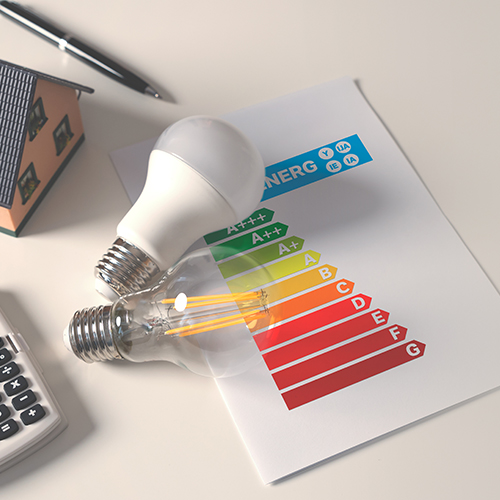
The cost of a cooker hood can vary depending on several factors such as the brand, model, features, and the specific retailer or supplier. Generally, cooker hoods can range in price from around £100 to several hundred pounds. Basic models with standard features tend to be more affordable, while high-end or designer models with advanced functionalities may have a higher price tag. Additionally, factors like the type of cooker hood (wall-mounted, island, integrated, etc.) and the extraction power can also influence the cost. It is recommended to research different options, compare prices from different sellers, and consider your specific requirements and budget to find a cooker hood that meets your needs and fits within your desired price range.
Top Selling Cooker Hoods from MyAppliances
Explore our best-selling cooker hoods, featuring angled glass, curved glass, and chimney styles. These sleek options offer powerful ventilation and contemporary design, ideal for modern kitchens. Upgrade your cooking area with our top-selling hoods, merging functionality with stylish appeal.
![The Ultimate Guide to Integrated Cooker Hoods]() Cooker Hood Buying Guides
Cooker Hood Buying GuidesWithin this comprehensive guide, we will delve into the various types, features, installation options, and maintenance tips for integrated cooker hoods, enabling you to make an informed choice and enhance your kitchen into a fresher, more enjoyable environment.
![Island Cooker Hood Guide]() Cooker Hood Buying Guides
Cooker Hood Buying GuidesEasily attached to the ceiling and located in the centre of your kitchen, our island cooker hoods here at MyAppliances make a real statement in your home.
![Designer Cooker Hood Buying Guide]() Cooker Hood Buying Guides
Cooker Hood Buying GuidesLooking for a designer cooker hood? You’ve come to the right place! Our sleek yet stylish cooker hoods offer all the features you’d expect from a luxury item like this, without the luxury price tag.
![Chimney Cooker Hood Buying Guide]() Cooker Hood Buying Guides
Cooker Hood Buying GuidesOur Chimney Cooker Hoods can make a great focal point in your kitchen and really add some flare, with a great choice of colours and sizes.
![Curved Glass Cooker Hood Buying Guide]() Cooker Hood Buying Guides
Cooker Hood Buying GuidesOur Curved Glass Cooker Hoods provide a stylish and practical addition to your kitchen. Available in a wide range of sizes, these hoods will look cool in any location.
![Angled Glass Cooker Hood Buying Guide]() Cooker Hood Buying Guides
Cooker Hood Buying GuidesOur Angled Glass Cooker Hood design enables you to maximise the space available in your kitchen. Available in a wide range of sizes and colours this hood offers performance and quality at affordable prices.

